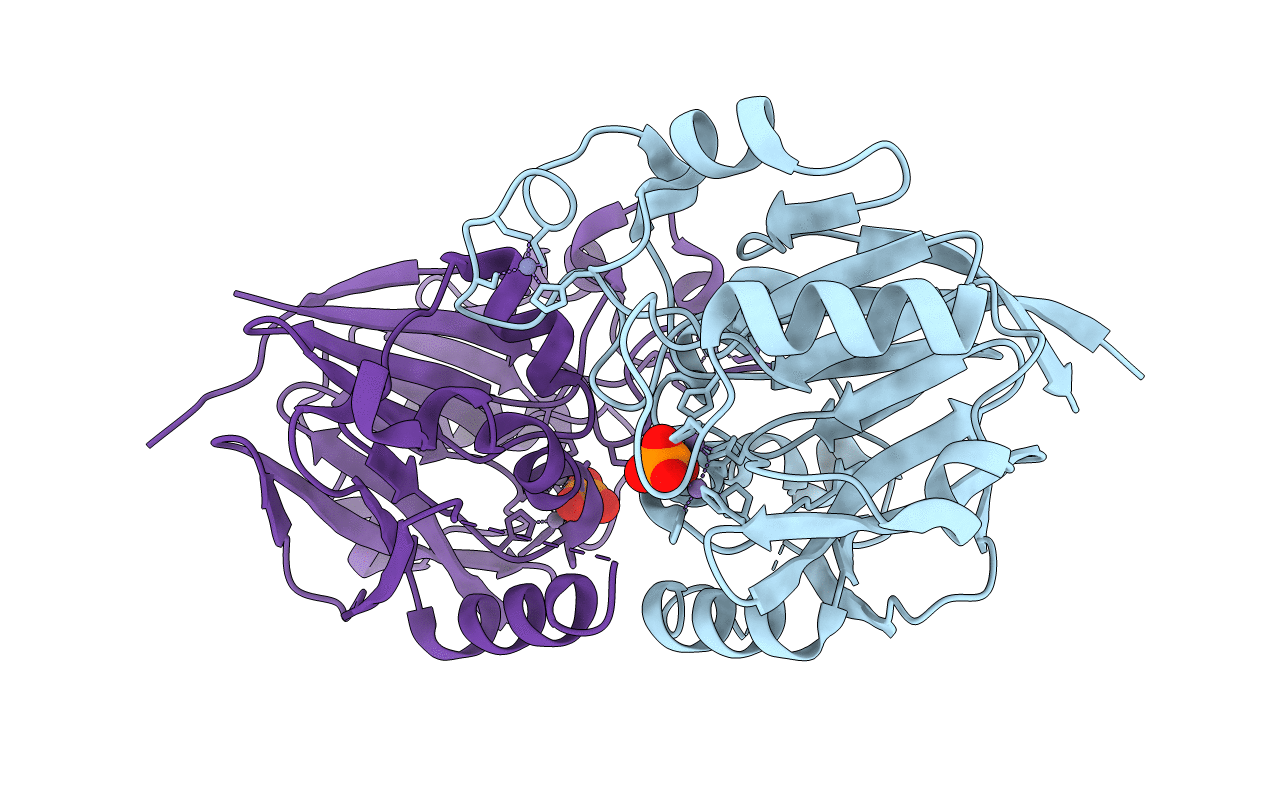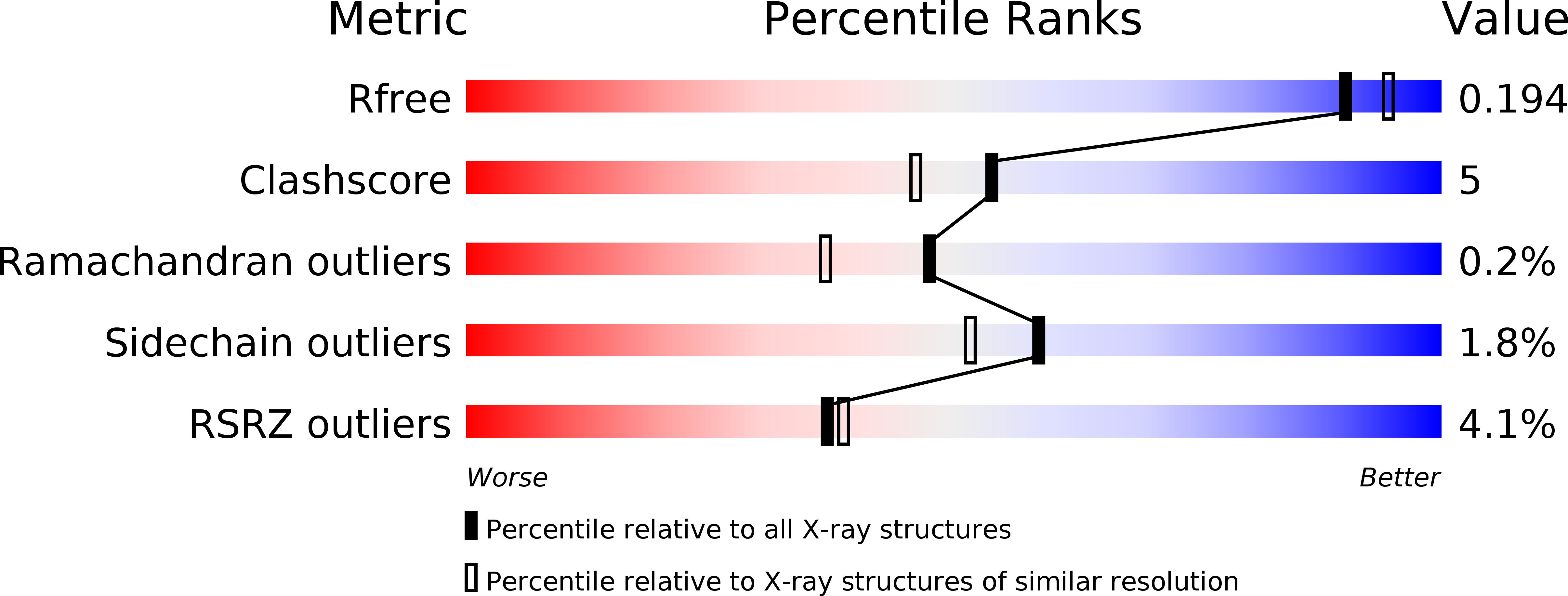
Deposition Date
2017-10-11
Release Date
2018-10-17
Last Version Date
2023-10-04
Entry Detail
PDB ID:
6B9V
Keywords:
Title:
Crystal Structure of a New Diphosphatase from the PhnP Family
Biological Source:
Source Organism:
Koribacter versatilis (strain Ellin345) (Taxon ID: 204669)
Host Organism:
Method Details:
Experimental Method:
Resolution:
1.88 Å
R-Value Free:
0.19
R-Value Work:
0.15
R-Value Observed:
0.16
Space Group:
C 1 2 1


